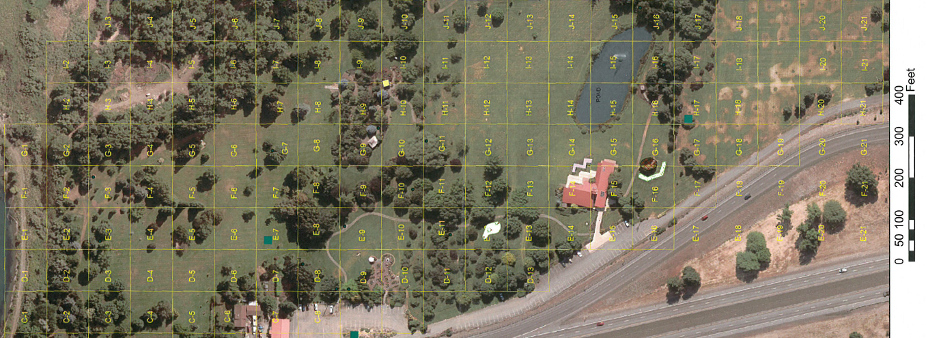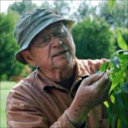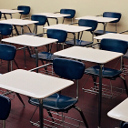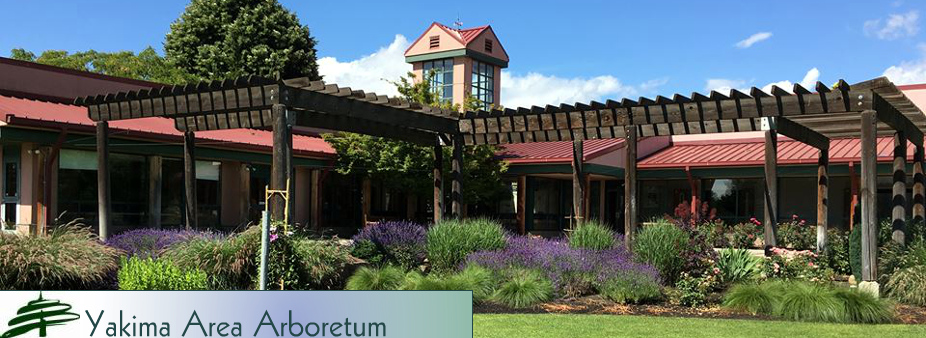Massie Family Endowed Fellowship
Put your education to use.
Apply your skills, knowledge, and creativity and become part of the future of the Yakima Area Arboretum in central Washington state.
The Massie Family Endowed Fellowship provides a Washington State University undergraduate student with $1,500 and the opportunity to create and complete a real-world project benefiting the Yakima Area Arboretum with the support of a WSU faculty mentor.
On This Page
About the Fellowship
Applications are now open to WSU undergraduate students for the Massie Family Endowed Fellowship ($1,500) at the Yakima Area Arboretum (YAA). The Massie Fellowship:
- Is awarded annually to an undergraduate.
- Mutually benefits YAA and WSU by supporting a student’s faculty-mentored efforts on a real-world project that aligns with the evolving priorities, needs, and projects of the Arboretum.
- Recipient is expected to engage on site with the YAA and its staff to carry out the project. This might necessitate a trip to Yakima, in which case the fellowship recipient must provide their own transportation. The final product of the fellowship will be shared with the relevant arboretum staff and mentoring faculty member. Please see the list of possible projects for this year.
Apply for the Fellowship
- Choose a project. Review the list of current projects that can be completed at the YAA as part of the fellowship. Write about what makes you well suited to undertake this project in the essay question titled “Qualifications” in the application.
- Apply online. Complete the application by the indicated deadline.
- Awardee selected. Applicants will be notified as soon as possible as to award decisions.
Background on the Fellowship
The Massie Family Endowed Fellowship is made possible by an endowment established in 2013 by DuwardBS ’52 Agronomy with honors and his wife, the late Carolyn MassieFormer Nursing student, with their children JenniferMS ’79 Vocational Technical Education and Teaching Certificate, Jill, JeffreyBS ’83 Civil Engineering, JessicaFormer Food Science student, and JodyBA ’90 Education and Teaching Certificate.
The goal of establishing this fund, according to Duward, is to marry the two places he is passionate about (WSU and the YAA) in a relationship that will benefit both.
Duward is the first in his family to earn a college degree. His younger brother, Dale, followed in his path at WSU. In addition to the Massie children who attended WSU, two sons-in-law and grandchildren of Duward and Carolyn have been Cougar students, as well.
 Duward Massie poses at YAA’s Jewett Pond with WSU Vice Provost for Undergraduate Education Mary Wack.
Duward Massie poses at YAA’s Jewett Pond with WSU Vice Provost for Undergraduate Education Mary Wack.
A career plant scientist, Duward used his professional education, talents, and abilities in multiple volunteer roles at the Yakima Area Arboretum (YAA) over the course of 40 years—nearly half his life. Known as YAA’s “Dr. Tree-rific,” Duward serves on the organization’s board of directors.
On Arbor Days, he is on hand there to give away many hundreds of seedling trees for visitors to plant at home. According to a newspaper article, Duward said of a tree, “If you get one going it may last beyond your own lifetime.” The article continued that he hopes the legacy he’s planting can last for many generations.
The YAA was established a half century ago, in 1967, by 36 garden clubs. Characterized as an “urban green space and refuge” on 46 acres of land, YAA has been cultivated to feature display gardens and tree collections with 1,000 specimens of trees, forbs, grasses, and shrubs, plus natural areas. The arboretum features nature walks, gardening classes, and architectural structures, and is available for wedding ceremonies, meetings, workshops, and fieldtrips.
The YAA mission is “to inspire people of all ages to discover and connect with nature through a diverse collection of trees and shrubs hardy to the Inland Northwest.” In Duward’s words, “This place is a community treasure.”
Projects Available to Applicants

Applicants for the Massie Family Endowed Fellowship must select a project to complete at the Yakima Area Arboretum (YAA). These projects were designed by YAA staff to help address the current needs of the arboretum.
- Design a Display Garden

Project Description: The Yakima Area Arboretum completed a new master plan in March 2020. Pick one of the new plan elements or ecozones to design or expand upon, i.e. deciduous or evergreen forests, temperate grasslands, desert/shrub steppe, or amenity improvements, etc. paying special attention to plant lists, irrigation requirements, maintenance needs, and expected costs. - Signage & Wayfinding
Project Description: Wayfinding and signage helps to guide people through a physical space in order to enhance their understanding and experience of the area. Design a style of signage and a wayfinding system to help guide people through the Arboretum. Currently the Arboretum does not have a formal system or signage. - Mental Health & Urban Green Spaces
Project Description: Public green spaces have never been more important to their communities than during the Covid-19 pandemic. Write a comprehensive paper, citing research and examples, on why you believe the Yakima Area Arboretum is an asset to its community being a place where people can go to help restore their mental and physical wellbeing. - Stone Cairns Meditative Garden
Project Description: Rock stacking or balancing is an ancient art form and practice. Today rock balancing is also used as a source of meditation and as a STEAM activity. Design an interactive rock balancing garden for people of all ages to use at the Arboretum. Include informative signage that talks about the history of rock balancing and instructions on how to use the garden. - Signature Art Piece
Project Description: Currently the Yakima Area Arboretum has very little public art. Design a signature art piece to sit upon a small knoll at the north end of the Arboretum grounds. Your prospective art piece will be used as a focal point for people walking through a future meadow/grassland in that area. Please keep in mind that your design must be able to withstand the rigors of being in a public garden. - Sister City Art Piece or Display Garden
Project Description: The City of Yakima is honored to have three “Sister Cities,” Itayanagi, Japan; Morelia, Mexico; and Hadong County, South Korea. Design an art piece or display garden that represents/honors one of or each of these cities to be displayed on the Arboretum grounds. Please keep in mind that your design must be able to withstand the rigors of being in a public garden. - Oral History Project

Project Description: The Yakima Area Arboretum celebrated its 50th Anniversary in 2017. Interview and transcribe the stories of some of the Arboretum’s earliest volunteers, members and supporters to document important past events and activities to create a historical record. - Design a Natural Children’s Play Garden

Project Description: Design a children’s play garden and/or area on the YAA grounds for children 3-12 years old. The garden should encourage play and exploration in nature, and include features that will appeal to the five traditionally identified human senses (sight, hearing, smell, touch, and taste). - Middle School/High School Lesson Plans

Project Description: Create a lesson plan suitable for middle and high school student groups visiting the Arboretum on a field trip. Potential topics include trees, insects, birds, environmental areas, climate change, invasive species, and/or science experiments. - Arboretum Naturalist Tour

Project Description: Design a 45-60 minute walking tour of the Arboretum suitable for one of the Arboretum’s Naturalist volunteers to use. Potential topics include a specific collection(tooltip: More About YAA Collections|Click on this link to review a self-guided tour with more information on the collections of the YAA.) or topic (for example: crabapples, oaks, honeybees, or fall color). Include the history of the collection and the most up-to-date scientific insights, as well as information about the various species, where applicable. - Design your own Project
Project Description: We recognize that everyone has their own interests, needs and educational goals. Whether it’s tracking migratory birds, studying soil composition, looking at the positive impacts of volunteering, or researching invasive insect species, as long as your project is associated with or conducted at the Yakima Area Arboretum you should apply.
